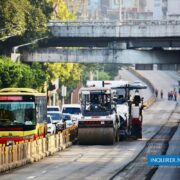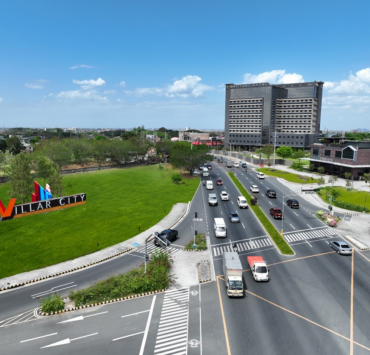Why walkable streets are proving to be a game-changer for cities
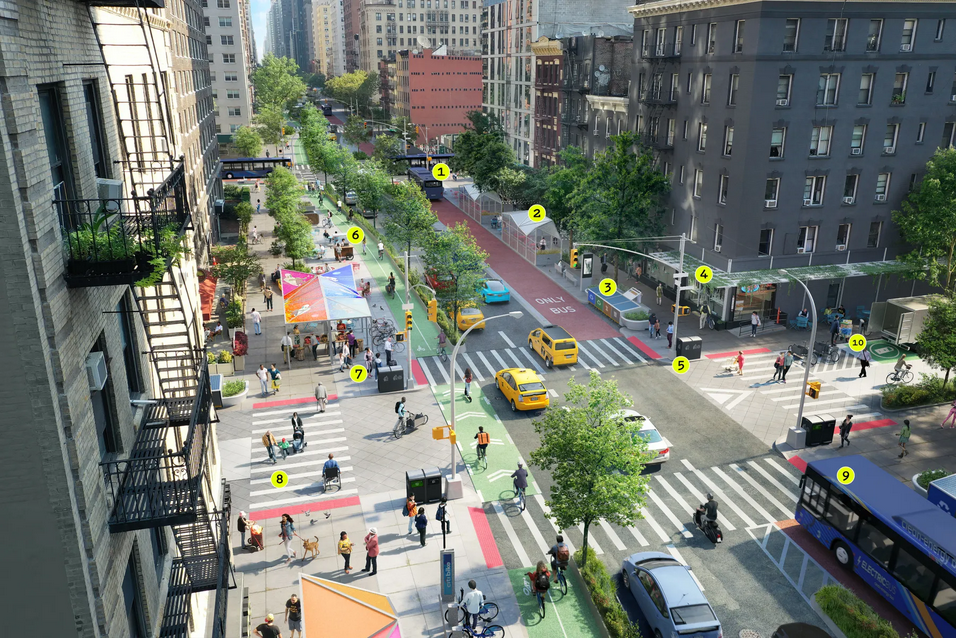
Transportation planning is a vital aspect of the government’s responsibility.
While the Department of Transportation (DOTr) is its primary driver, many local government officials are dedicating considerable time to enhancing traffic flow efficiency, improving public transportation systems, and promoting the adoption of electric vehicles (EVs).

Oldest form of mobility
But increasingly, one of the most important elements of transportation planning entails the oldest form of mobility: walking.
Indeed, there is an increasing number of local government leaders who are discovering that more walkable streets can strengthen their communities in a variety of ways.
More than just a sidewalk
Creating a walkable town or city entails more than simply constructing a sidewalk. It also involves the strategic management of streets to facilitate activities in addition to accommodating motor vehicles.
These include provisions for outdoor dining, establishment of pedestrian plazas for live entertainment, and the connection of various downtown areas through green walkways and numerous other initiatives.
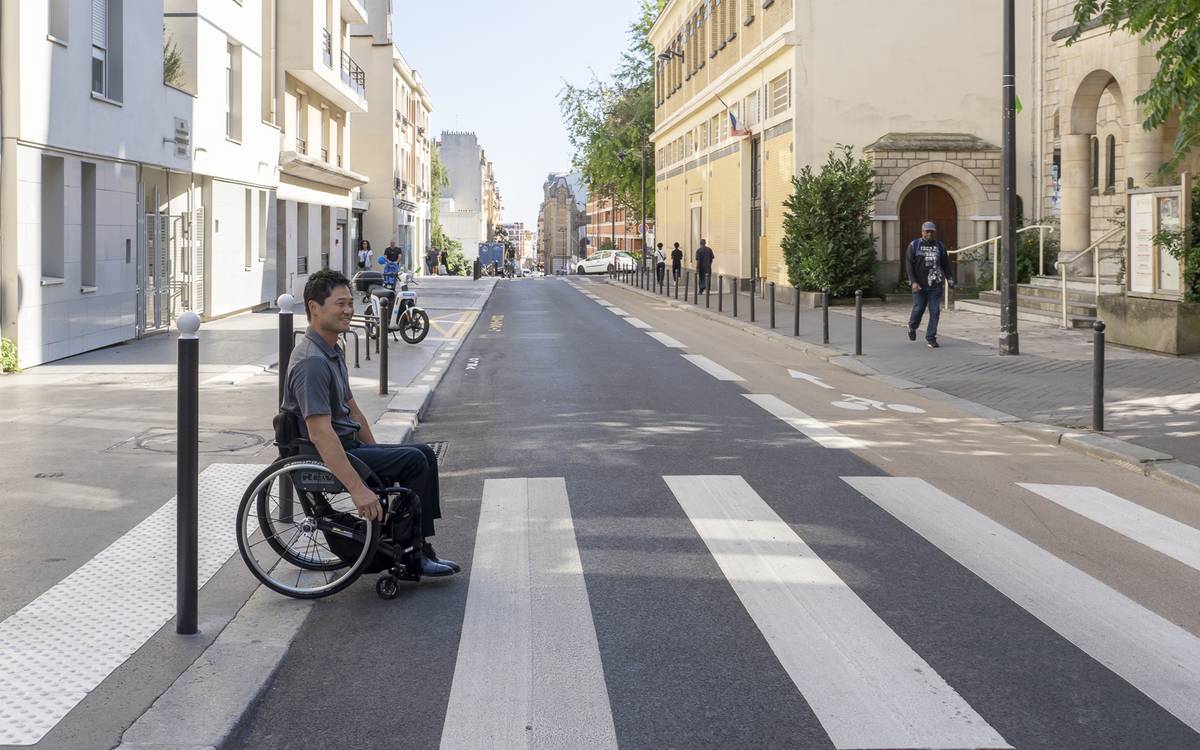
Reducing health risks
Walkable streets contribute to a wide range of positive outcomes, including improved health, a cleaner environment, and a stronger local economy.
By enabling residents to walk, the risk of health problems such as obesity, diabetes, and cardiovascular disease can be reduced.
Moreover, walkability helps reduce the spread of contagious diseases, as people are outdoors rather than confined in crowded jeepneys, buses or trains.
Strong local economy
More walkable streets also fuel a strong local economy.
When residents are out of their cars and walking around downtown, they’re more likely to patronize local businesses. Money that might otherwise be spent online or outside the city limits is instead invested in local merchants, creating a more prosperous business community.
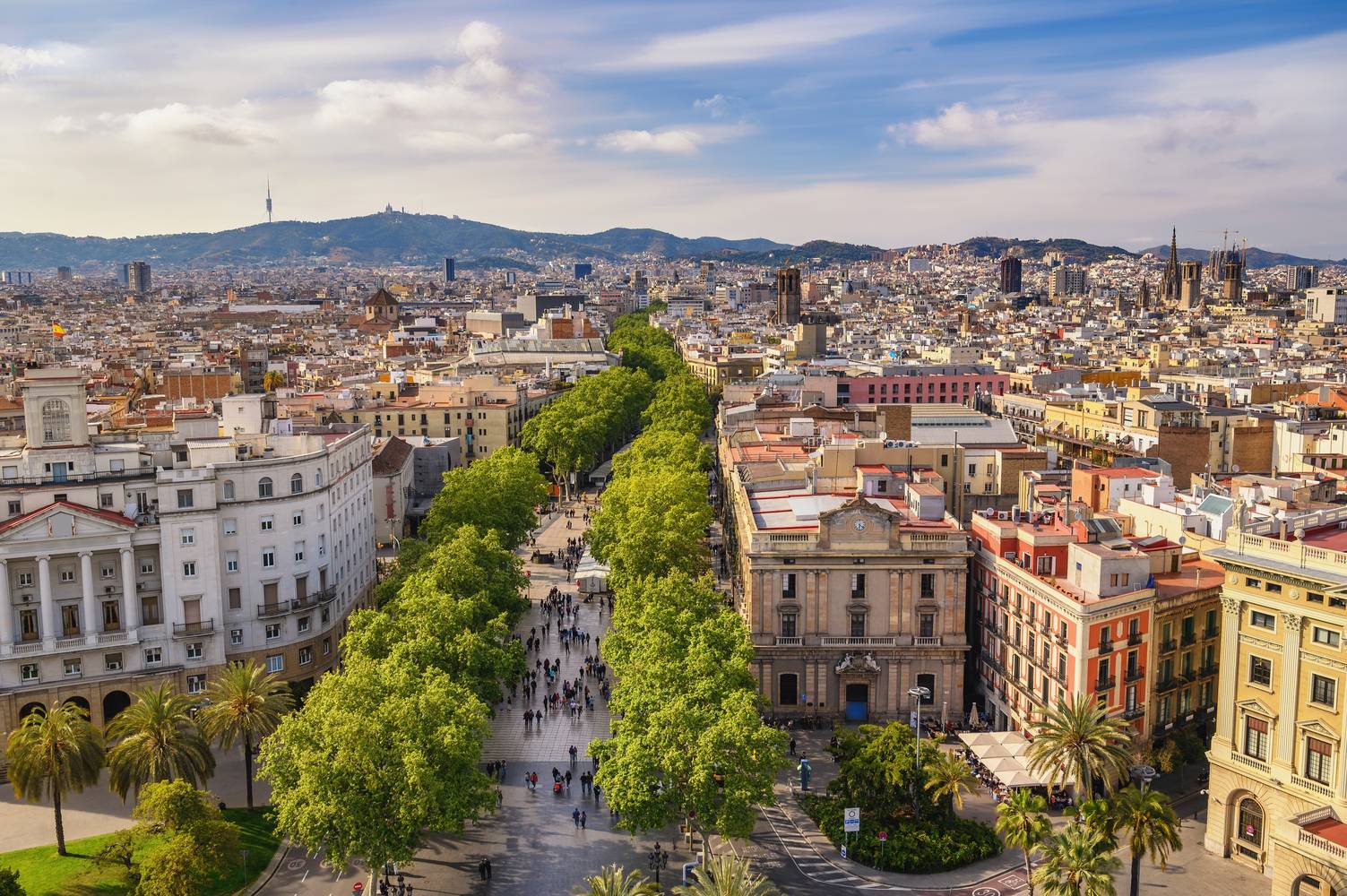
Healthy environment
Unsurprisingly, walkable streets also create a much healthier environment.
By reducing the number of motor vehicles on the road, walkability initiatives decrease air and noise pollution. With fewer vehicles emitting harmful pollutants, the air quality improves, leading to better respiratory health for residents.
Additionally, the reduction in noise pollution allows for a more peaceful urban setting, positively impacting mental well-being and overall quality of life.
Starting a dialogue
But how should local government leaders go about creating walkable streets?
To start, officials should work with stakeholders, seeking inputs from residents of all demographics through surveys, open forums and workshops. Start a dialogue on what parts of the city need to be more pedestrian-friendly and why.
Officials can also conduct a walkability audit, investigating factors like sidewalk conditions, prevalence of pedestrian crosswalks, quality of street lighting, and existing connectivity between hubs like schools, grocery stores, and parks.
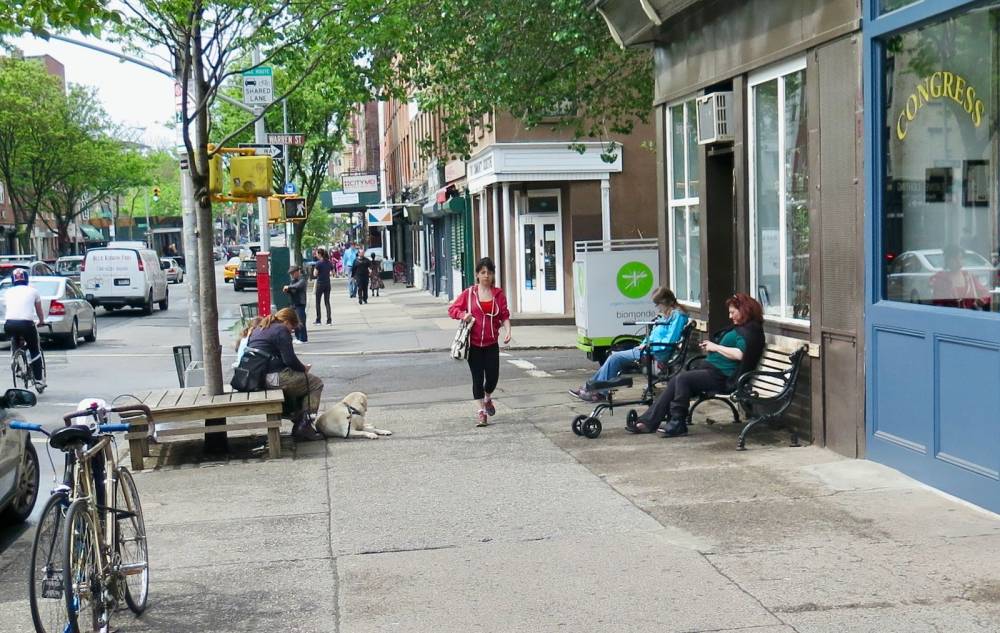
Challenges
Creating more walkable streets, however, is not without challenges.
Local leaders may face opposition from detractors, including advocates who prioritize motor vehicles. Concerns about customer convenience or safety may also arise among residents. Also, individuals with mobility challenges may express apprehension, fearing that prioritizing walkability could disadvantage them.
It’s crucial not to dismiss anyone, but rather hear their concerns and to bring them into the conversation. Remind them of the benefits of a more walkable city.
Promoting pedestrian-friendly environments does not imply the elimination of motor vehicles, for example. And investing in proper lighting and accessibility can help ensure that everybody is safe and accounted for in the initiative.
By promoting dialogue, local leaders are better able to navigate these challenges while emphasizing the collective advantages of working toward a more vibrant and accessible urban landscape.
Future of urban planning
Walkable cities are not merely a passing trend–they represent the future of urban planning, and for good reason.
By prioritizing pedestrian-friendly environments, towns and cities can enhance the well-being of their residents, foster sustainable transportation options, improve public health, and create vibrant and livable communities.
Embracing walkability as a core principle of urban planning is essential for the future success and prosperity of our towns and cities nationwide.
The author is the principal urban planner of CONCEP Inc, and a Fellow Emeritus of the Philippine Institute of Environmental Planners (PIEP)
The author (nveinsiedel@gmail.com) is a Fellow and Past President of the Philippine Institute of Environmental Planners and Principal Urban Planner of CONCEP Inc.











